The EFS partition on modern Android phones houses the unique IMEI for your device, which is essentially an identification number that lets you connect to mobile networks. But sometimes, when you're flashing ROMs or restoring backups in custom recovery, the EFS partition can become corrupted, which will prevent your phone from connecting to any type of mobile network.
If that ever happens, it's extremely difficult to fix, so you might actually be left with what amounts to a paperweight, or a brick, for a phone. So really, backing up the EFS partition is probably one of the first things you should do immediately after rooting your Galaxy S6.
But existing EFS backup solutions aren't necessarily compatible with the Galaxy S6, so the trouble becomes where to find an app that will do the trick. Well developer Wanam is always up to date on all things Samsung, and his EFS backup solution already works perfectly with all models of the Galaxy S6 and S6 Edge.
Install EFS IMEI Backup
Wanam's EFS backup app is called EFS IMEI Backup, and it's available for free on the Google Play Store. Search for the app by name to get it installed, or if you're having trouble finding it, you can use this link instead.

Create a Backup of Your EFS Partition
When you first launch EFS Backup, the app will ask for Superuser access, so tap "Grant" on the popup. From here, deselect the "Compressed backup (tar.gz)" option, then select the "Tar archive (tar)" option instead.




Next, just tap the "Save EFS (IMEI) Backup" button at the bottom of the screen, and within a few seconds, a toast message should inform you that the backup was stored in a folder on your internal SD card. If you want to be extra safe, transfer this file out of the "EFSBackups" folder and onto your computer.




Should you ever need to restore this backup, the file can be flashed with Odin. Just follow the steps in this tutorial, but select your EFS backup in Step 3 instead of the factory firmware file.
Have you ever encountered issues with the EFS partition becoming corrupted on one of your past devices? Let us know in the comment section below, or drop us a line on Android Hacks' Facebook or Twitter, or Gadget Hacks' Facebook, Google+, or Twitter.





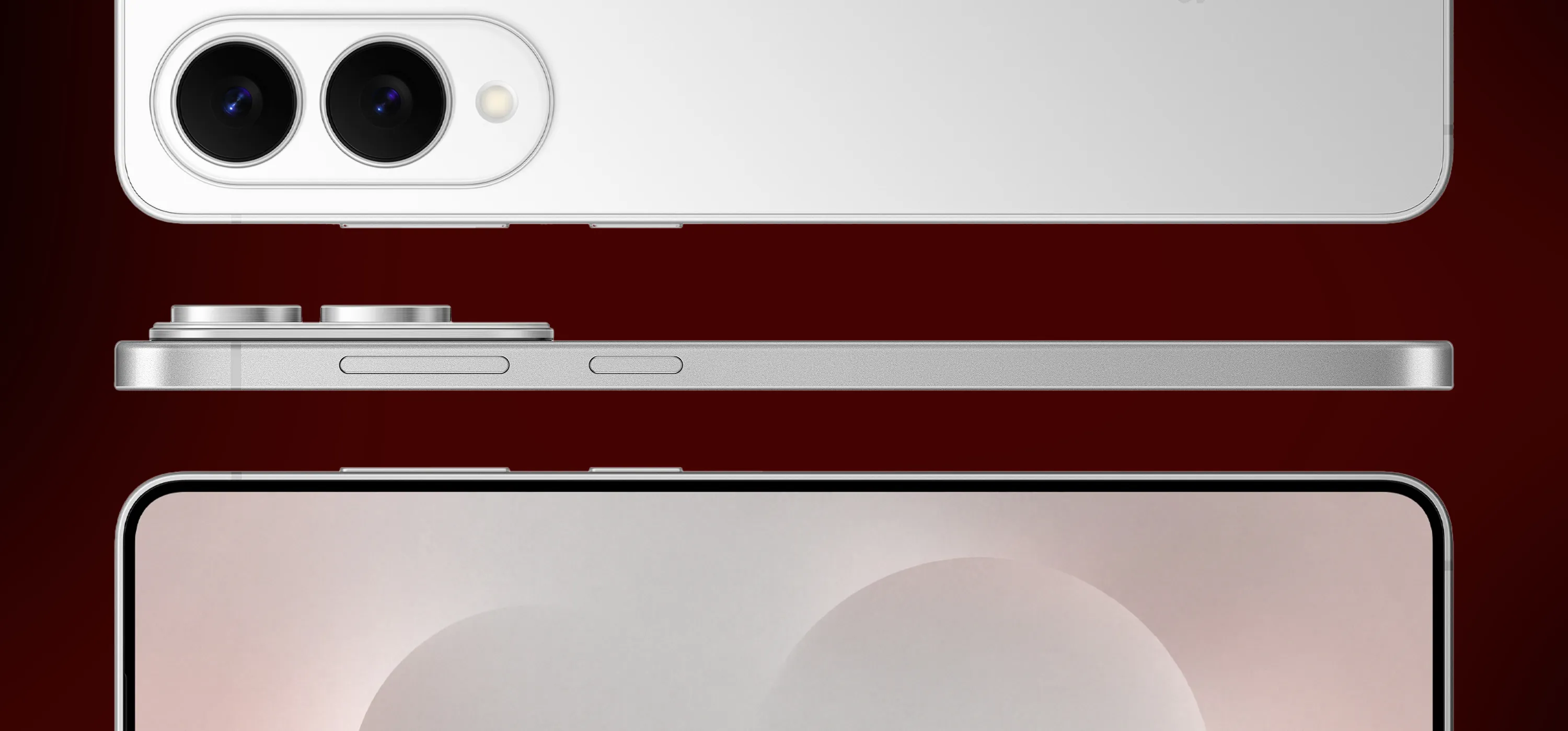
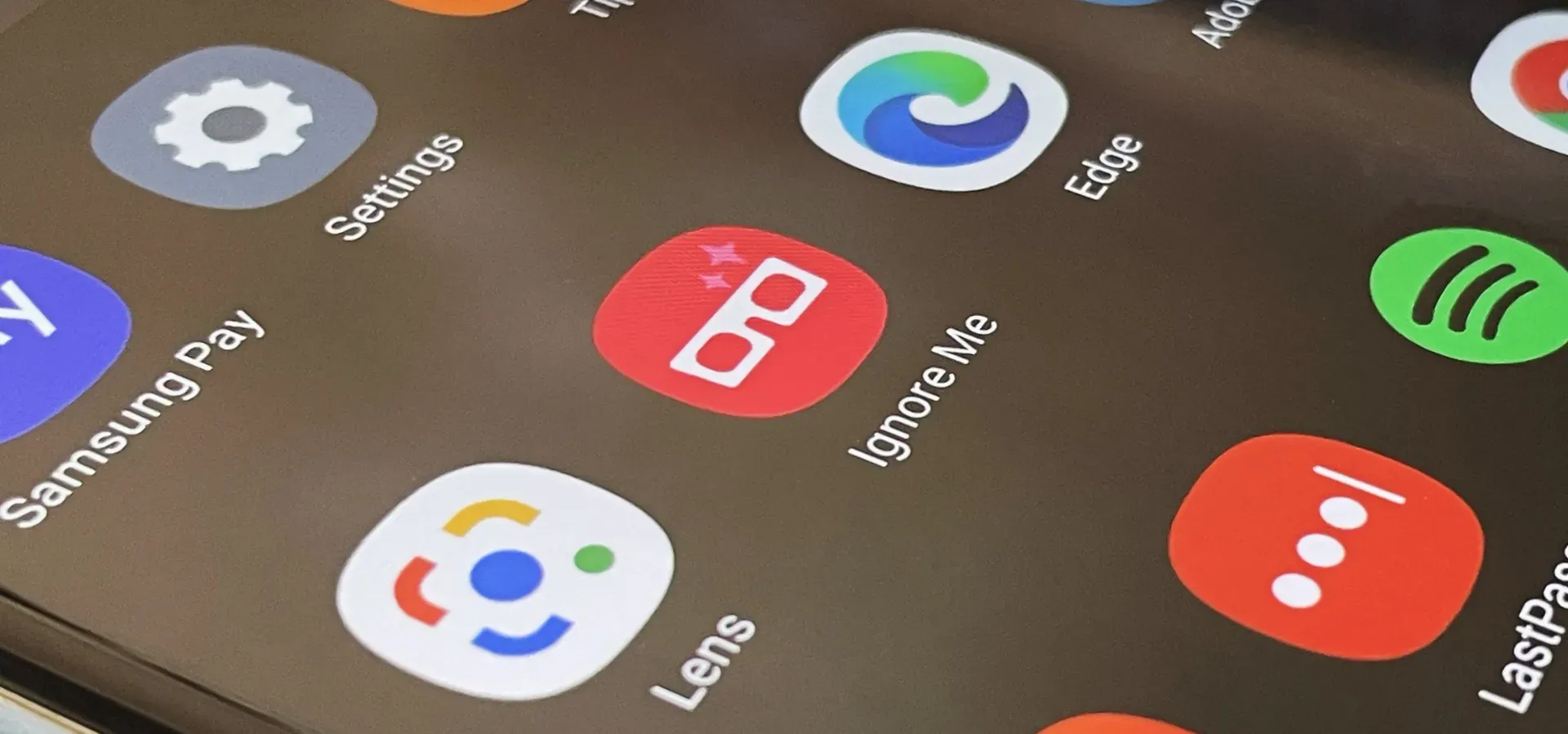

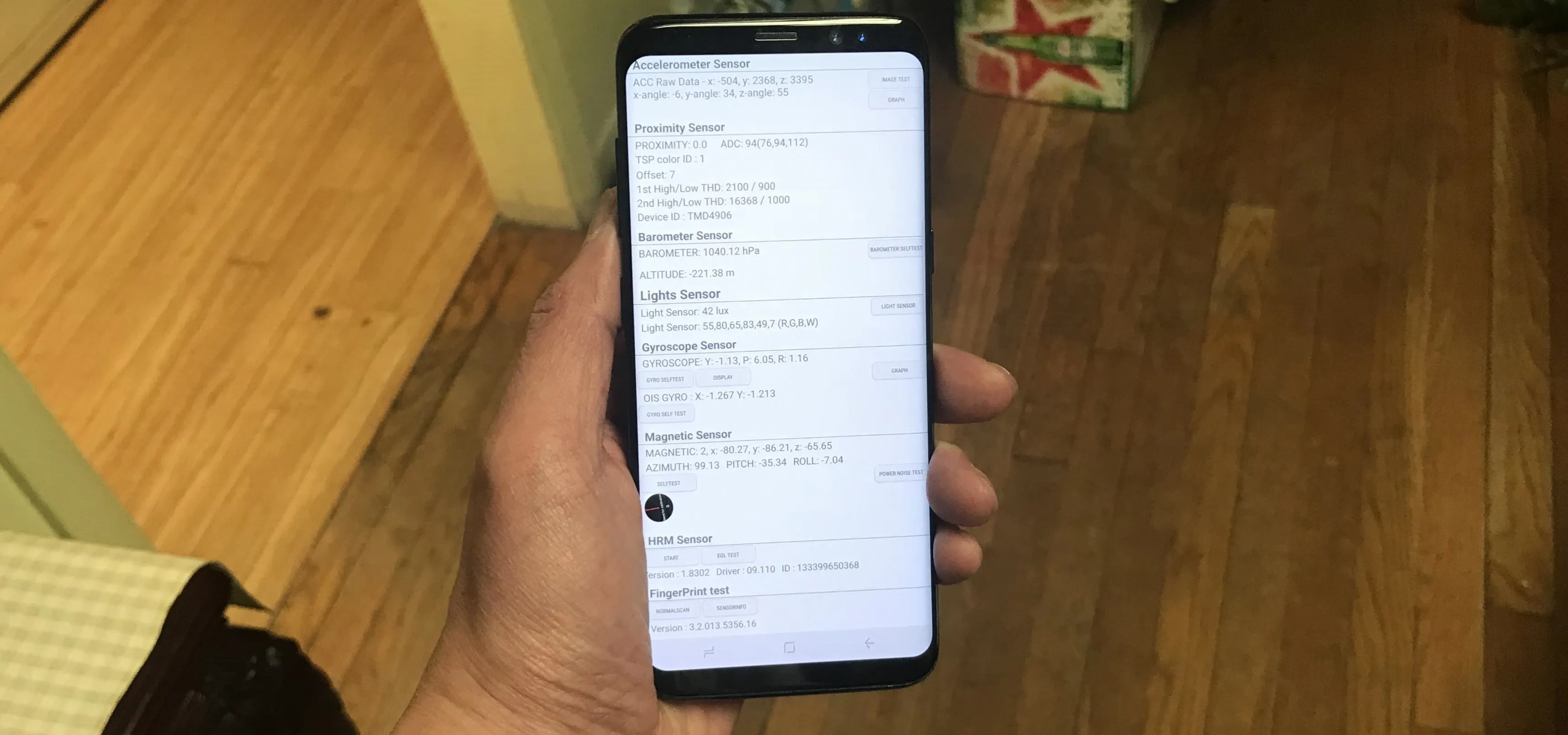

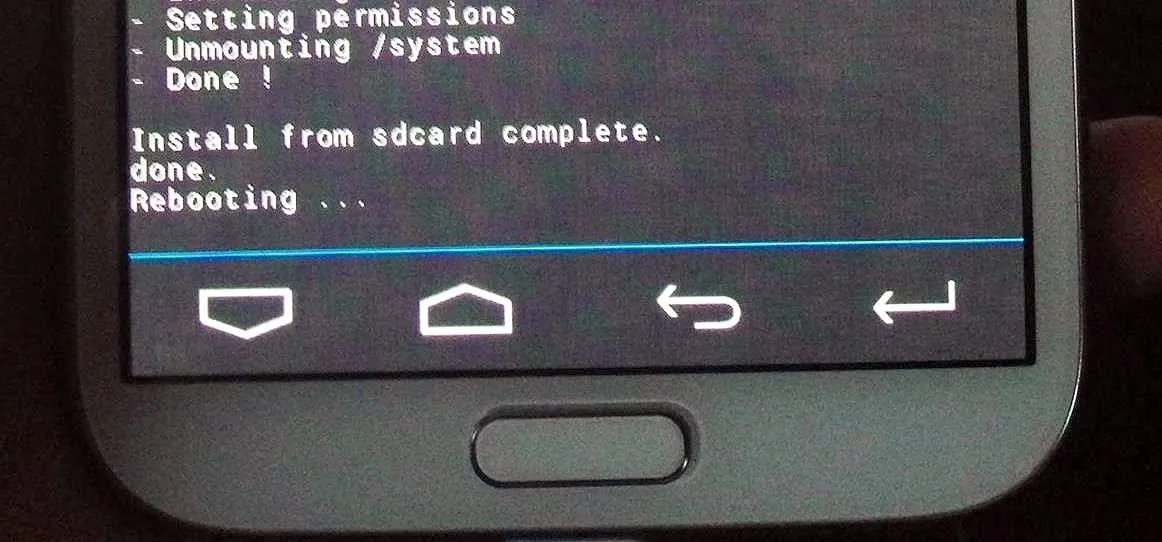

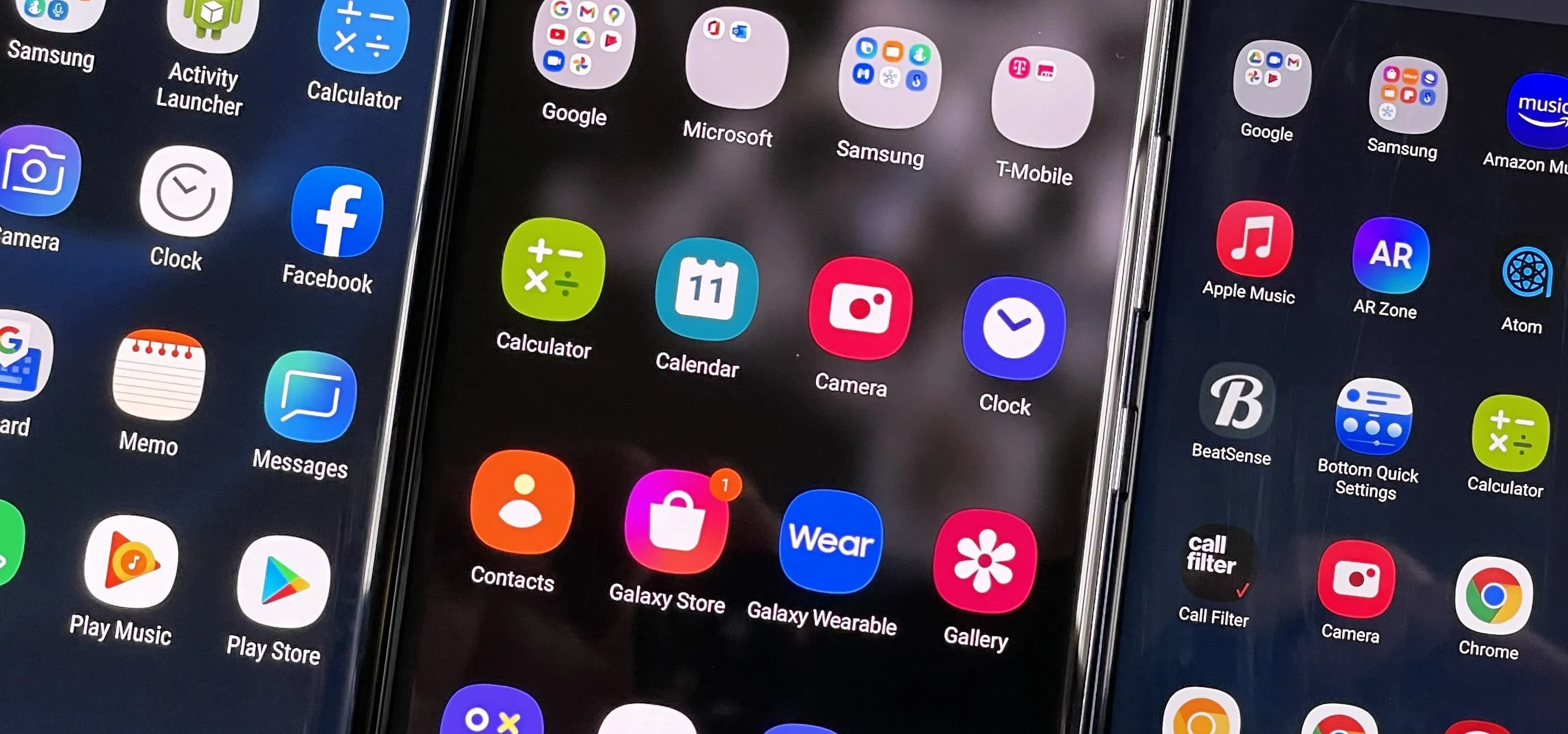




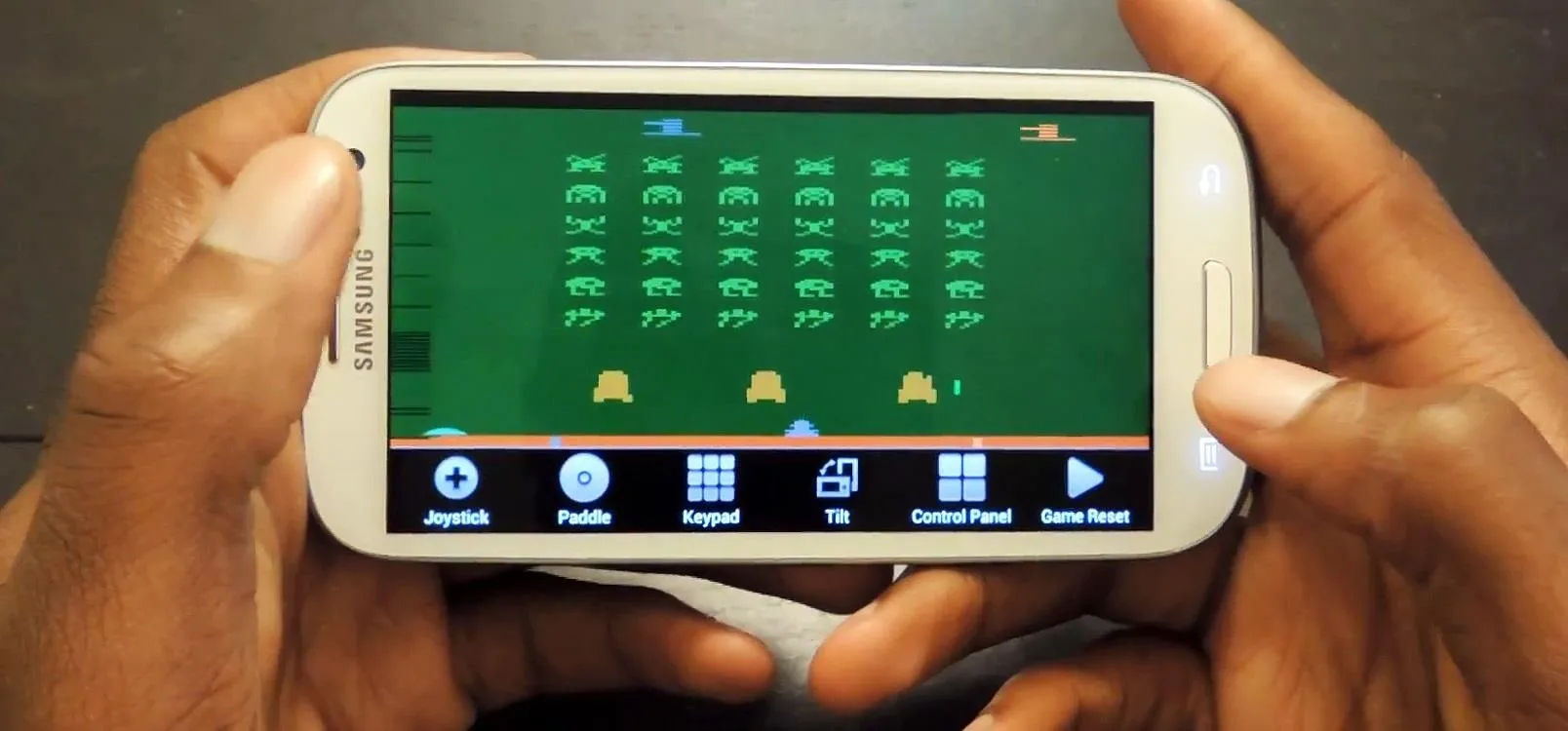







Comments
Be the first, drop a comment!